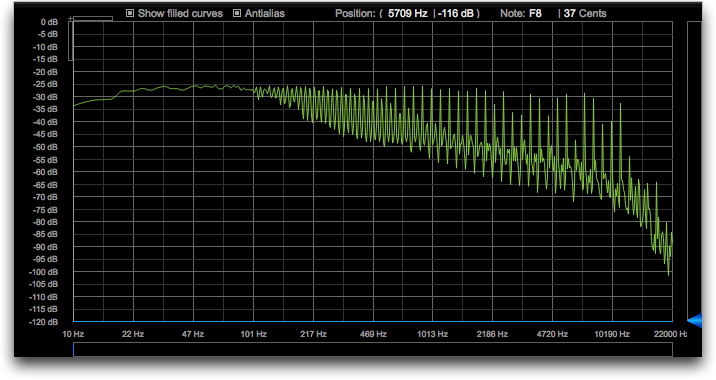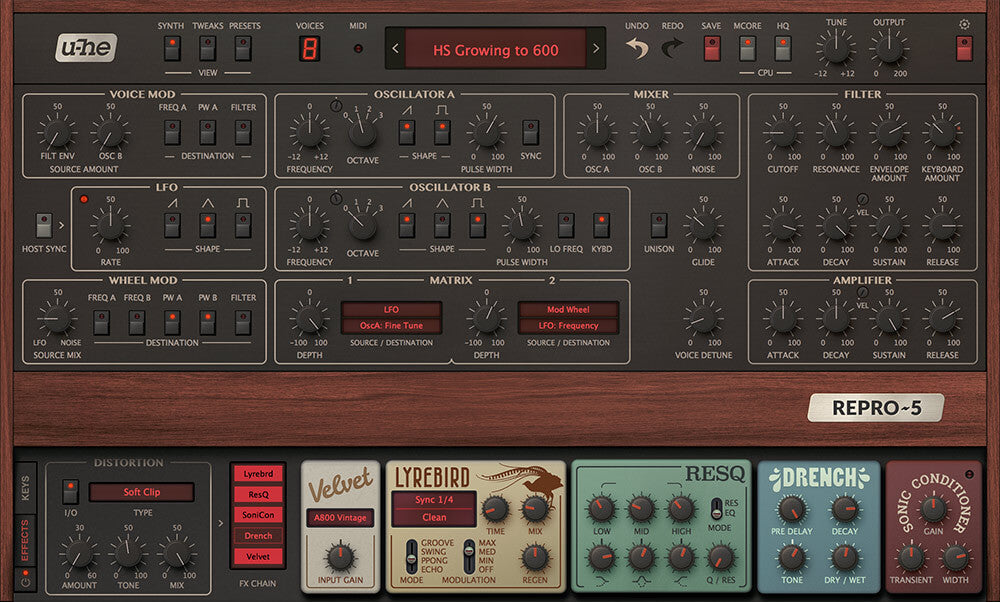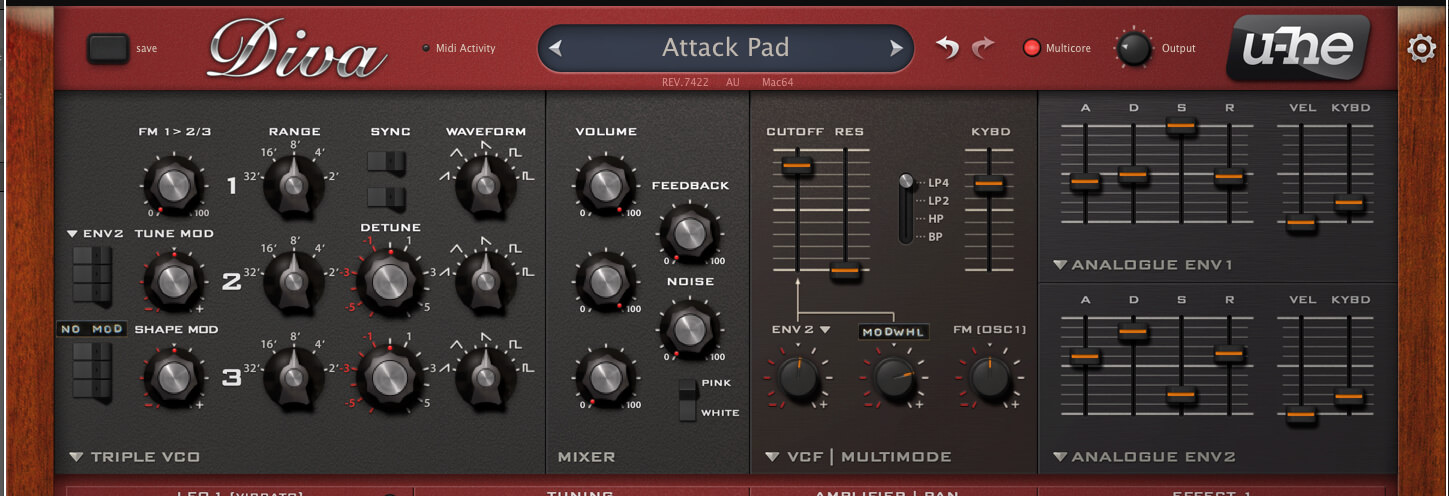

create midi, loop and play.Ĥ) in left bottom click instr. don't need midi sectionĢ) drag diva into second track. tab, right click on diva instrument, disable and enable.Ĩ) Tab to see if usage is back to one core.ġ) start a new song with mai tai. Record usage.ħ) in bottom left corner click instr. not needed,Ħ) While both are playing tab over am see if a second core is being used nearly identical to the first. Load a patch, increase voices until you can easily see diva cpu usage.ģ) create a midi with random notes, loop and play.Ĥ) While playing tab over to a monitoring program and record usage for that core.ĥ) Add mai tai as a new track. I will list the exact steps to duplicate.Ģ) Drag on Diva. The performance meter in Studio one doesn't look any different but looking in task manager or process explorer I can easily see a huge difference. Disabling Diva and re-enable usage is back to one core. Diva has a great-and often necessary-multi-core button that helps spread the load across multiple CPU cores.Anyone out there have Diva that can confirm if this odd cpu I am having with Diva? It uses a second core whenever I add and instrument or if I disable one. It’s not about RAM or hard drive space (as it is with the sample-based instruments), it’s about raw CPU power, so the faster the computer the better. Virtual analog is always more processor intensive than the sample-based instruments.
U HE DIVA MULTI CORE PRO
I’m on a 12-core Mac Pro and still needed to freeze one of the tracks in the example remake.
U HE DIVA MULTI CORE SOFTWARE
Recreating what physical/mechanical things do in software can be extremely processor intensive. Use plenty of automation to keep things constantly moving on parameters like Volume, Cutoff, Detuning, Resonance, and envelope settings. It’s envelope Decay opens toward the end too. The main bass sound’s filter is in constant flux, creeping up at first, then leveling out, then opening wide at the end. Regarding the mix, every single sound in my example is moving in some way. If your CPU can keep up, switch Diva’s “Accuracy” setting to “Divine.”Īdd the final touch with effects like compression and reverb. In addition to detuning individual oscillators, on Diva’s “Trimmers” page you can even detune individual synthesizer voices. This is great for a fantastic starting point for a lead when played high, or a bass with a low filter setting or filter envelope. Make tiny adjustments to each detune knob while playing.
U HE DIVA MULTI CORE PATCH
Don’t expect Diva’s VCO’s to slowly drift apart however, although that would have been a funny addition! Start with the bass patch called “Two-Pole Torus” that uses the Triple VCO oscillator. Both VCO and DCO oscillator engines are available in Diva. DCO, or “digitally controlled” oscillators attempted to fix this “problem,” by “digitally” controlling the (still analog) oscillator’s pitch to assure it would never slip out of key/tuning. Oscillators on physical analog synthesizers that are voltage controlled (VCO) can slip out of tune from one another, creating a cool thickened constantly varying/phasing effect. Did I say detune? Yes, and for good reason. Use auto-map… because turning real knobs is much more fun than using a mouse! Synthesis Tips for Divaĭetune. Although I’ve only used Diva in the example remake above, there are plenty of great analog virtual synths from Arturia, Native Instruments, and dozens of smaller developers.

Diva is a true virtual analog synthesizer since the majority of its oscillator engines are virtual recreations, making it a perfect tool for creating a genuine analog synthesizer sound. It is not using samples or even wavetables. When we say "virtual analog" this means the software instrument is generating the sound you hear by replicating all the different parts, including the oscillators, filters, LFOs, envelopes, etc. this means that the sound from the oscillators are simply playing back recordings of other instruments (in many cases analog synth recordings). Some synthesizers oscillators are sample based. some are not "virtual" at all, or only partially.

Not all software synthesizers are created equal. Here's the actual opening theme from Stranger Things:įirst let's make a few things perfectly clear.


 0 kommentar(er)
0 kommentar(er)
